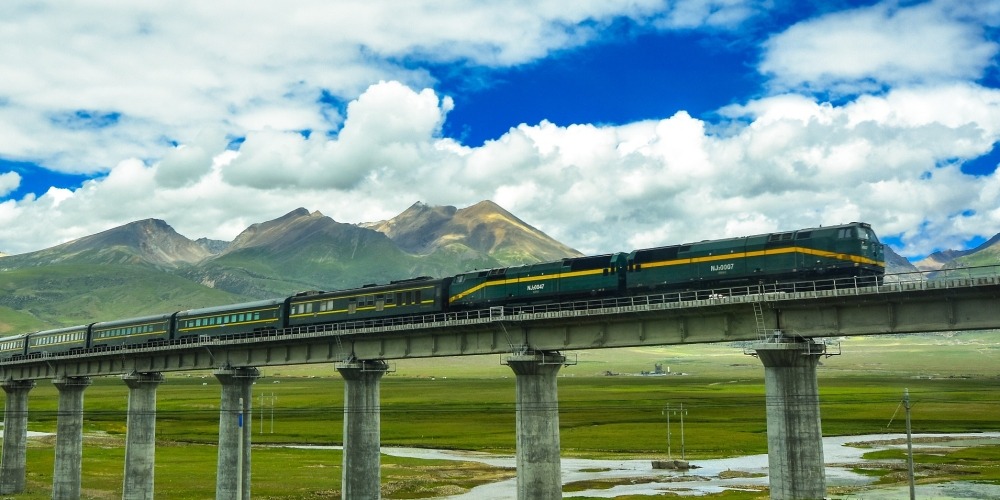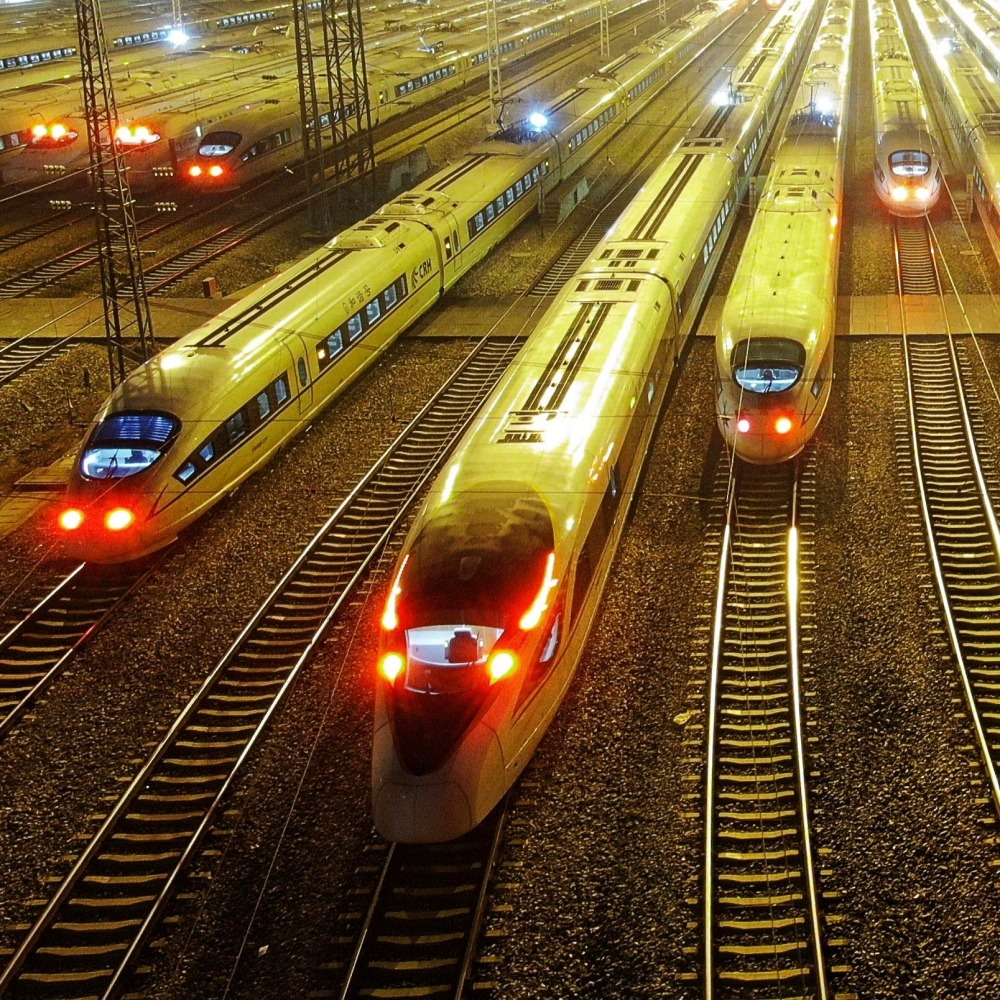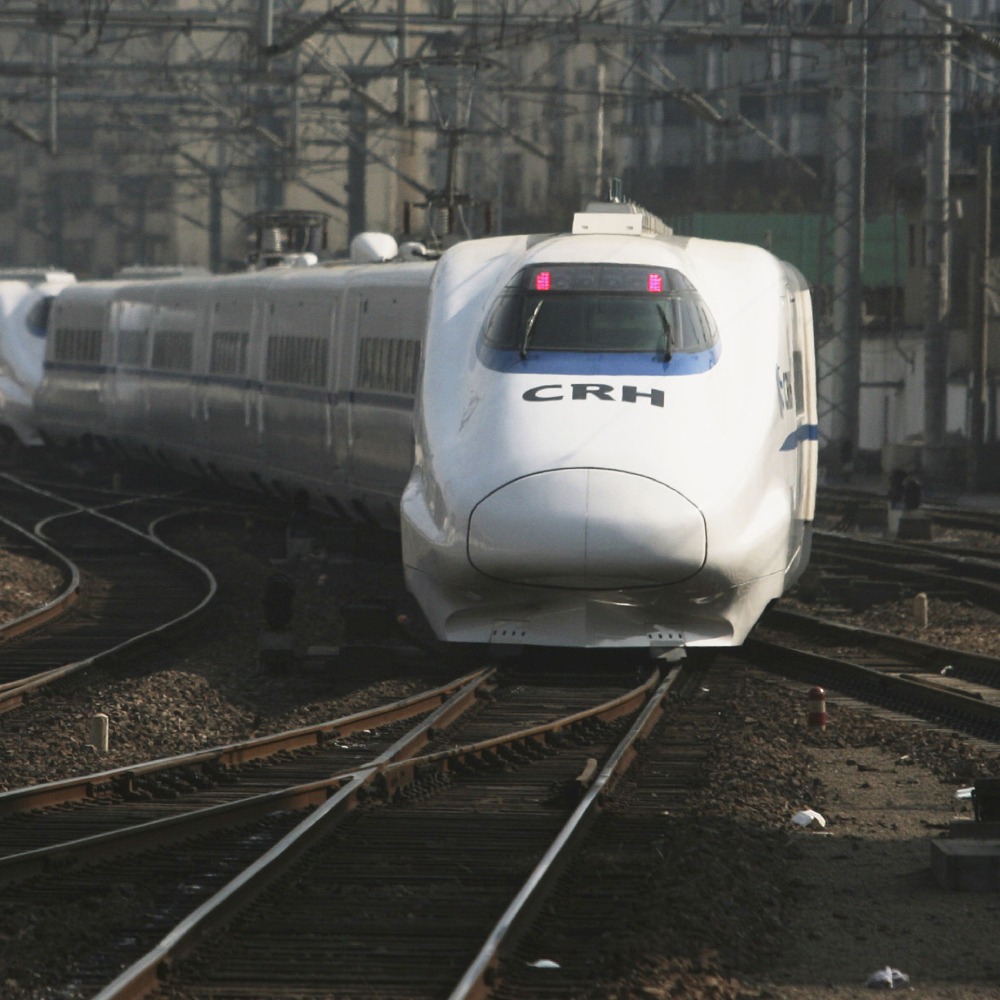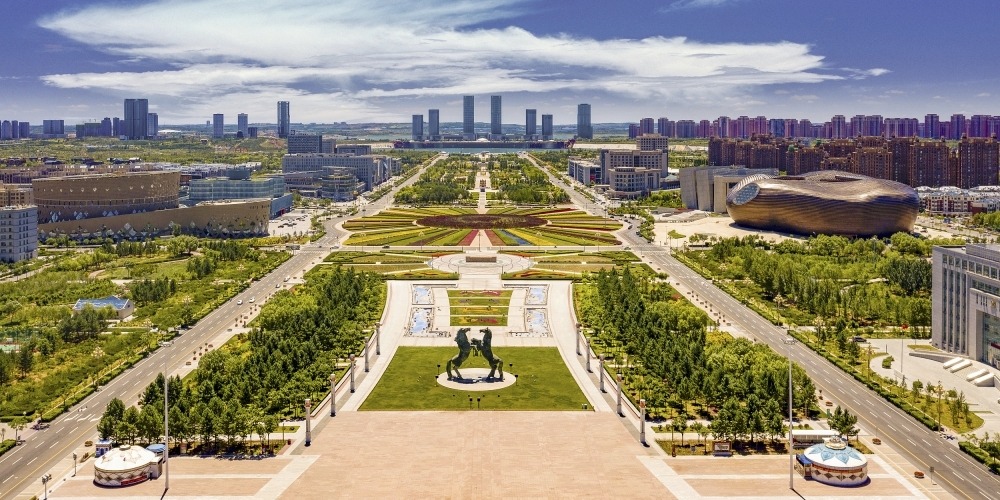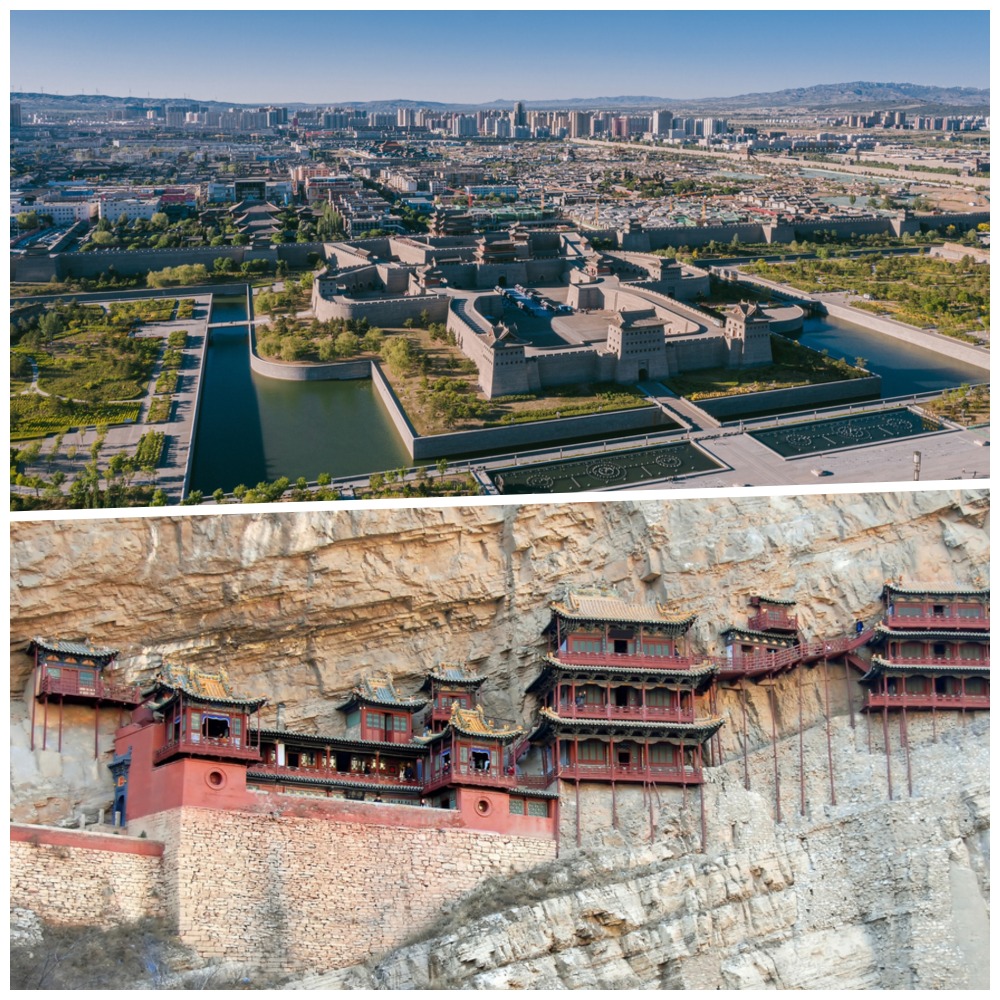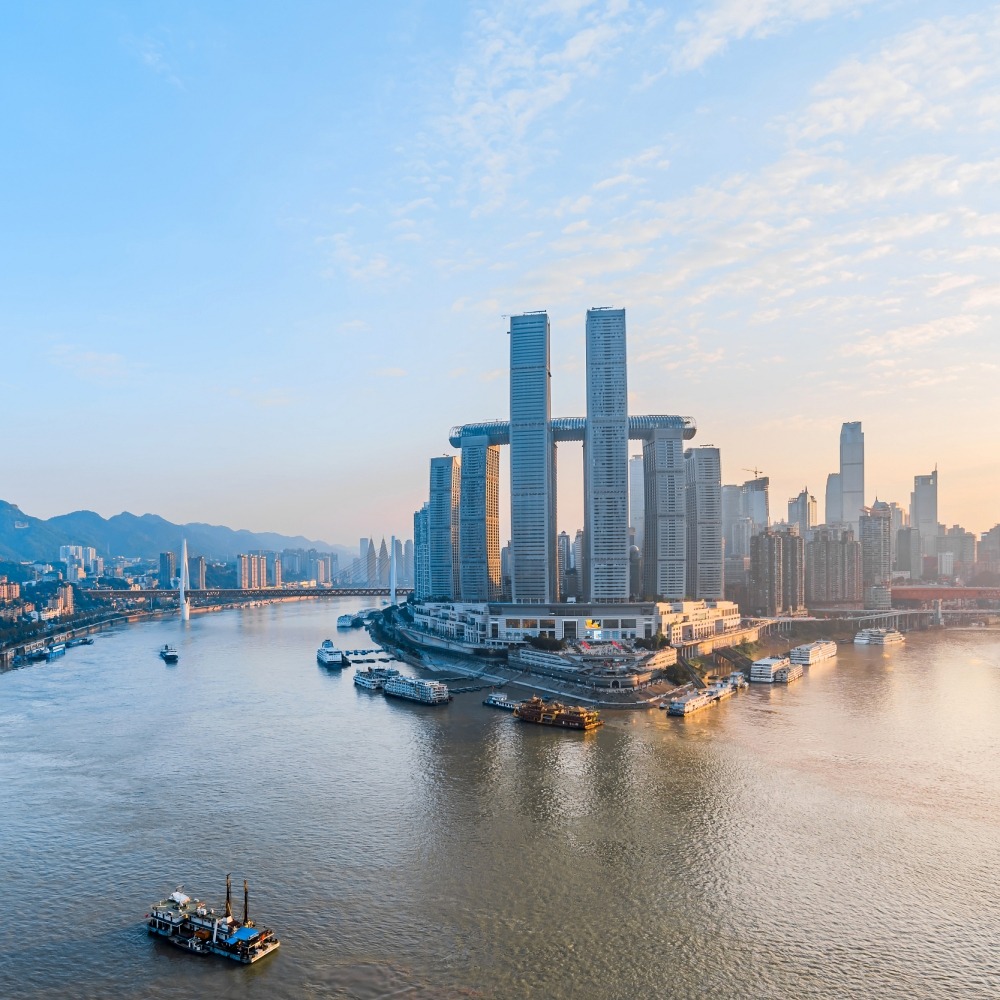Published : 2025-02-04
China's railway network stretches far and wide, with nearly ten thousand passenger trains operating daily.
But do you know where the longest of these journeys takes you and just how long it lasts?
4980 kilometres: Qinghai-Xizang Plateau to Pearl River Delta

When it comes to the longest passenger train route, railway enthusiasts know that it is the service running between Guangzhou in Guangdong and Lhasa in Xizang (previously known as "Tibet").
Guangzhou, often referred to as China’s southern gateway, is one of the country’s four premier first-tier cities. Meanwhile, Lhasa, the spiritual heart of Tibetan Buddhism, is globally renowned for the Potala Palace (布達拉宮), which stands proudly at its centre.
This route crosses all the way from the southeast coast of China to the western Qinghai-Xizang Plateau.
It travels eight provincial administrative region including Guangdong, Hunan, Hubei, Henan, Shaanxi, Gansu, Qinghai, and Xizang, passing through Beijing-Guangzhou Railway, Longhai Railway, and the world-famous Qinghai-Xizang Railway.
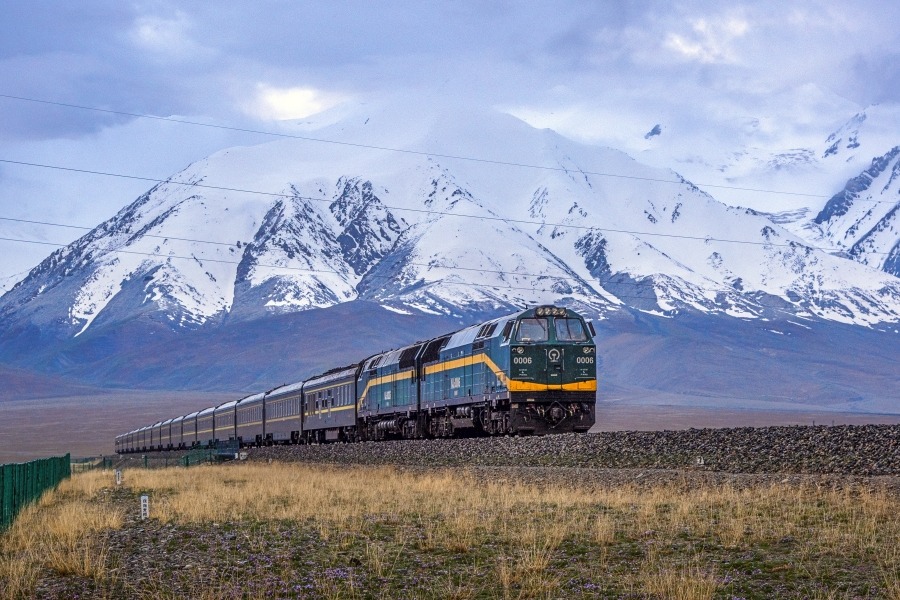
The entire journey covers 4,980 kilometres, which is farther than a round trip between Hong Kong and Beijing.
According to the data from the "12306" official website in March 2024, the Z264 train from Guangzhou to Lhasa takes 53 hours and 2 minutes; the Z266 train from Lhasa to Guangzhou takes even longer, with a journey time of 55 hours and 31 minutes.
Read more: Interesting names of train stations in China
From Beijing to Kunming: High-speed rail takes 11 hours
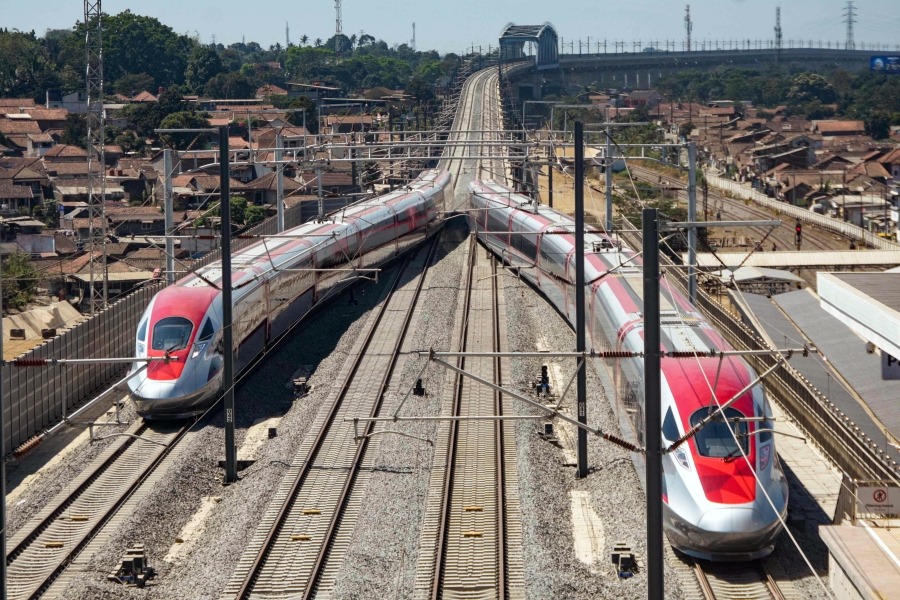
It is worth noting that China's "ultra-long-distance" train services, including those between Guangzhou and Lhasa route, are primarily regular trains.
However, with the rapid development of China's transportation network, especially high-speed rail and civil aviation, the number of "ultra-long-distance" routes is steadily decreasing.
For example, what was once the second-longest route, connecting Shenzhen and Urumqi in Xinjiang, has now been shortened to operate between Shenzhen and Xining in Qinghai.
Why are high-speed rail routes not as long?
Some railway enthusiasts believe it is because "windows" need to be left for inspection and maintenance, so high-speed rails do not operate at midnight. At the same time, demand is also an important factor.
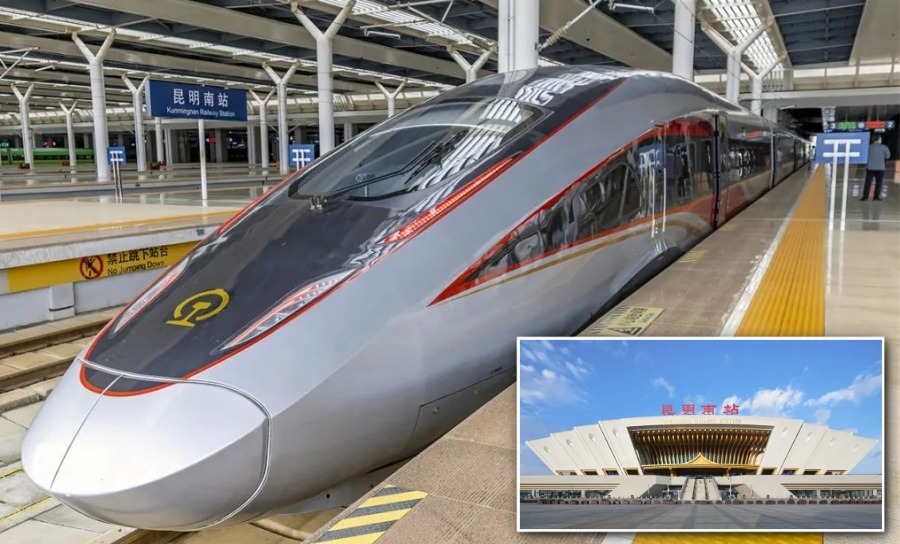
As for the longest high-speed train route, since Xinjiang in west-north China currently has no high-speed rail directly connected to the country's east region, and Xizang does not have high-speed rail, the longest high-speed rail route is should be north-south.
Media reports suggest it is the route between Beijing West Station and Kunming South Station; the entire journey is 2,760 kilometres, with the fastest travel time approaching 11 hours.
In addition, while the aforementioned route between Guangzhou and Lhasa is the longest domestic train route, let's not forget that China also has international trains.
9000 km: International trains have longer mileage
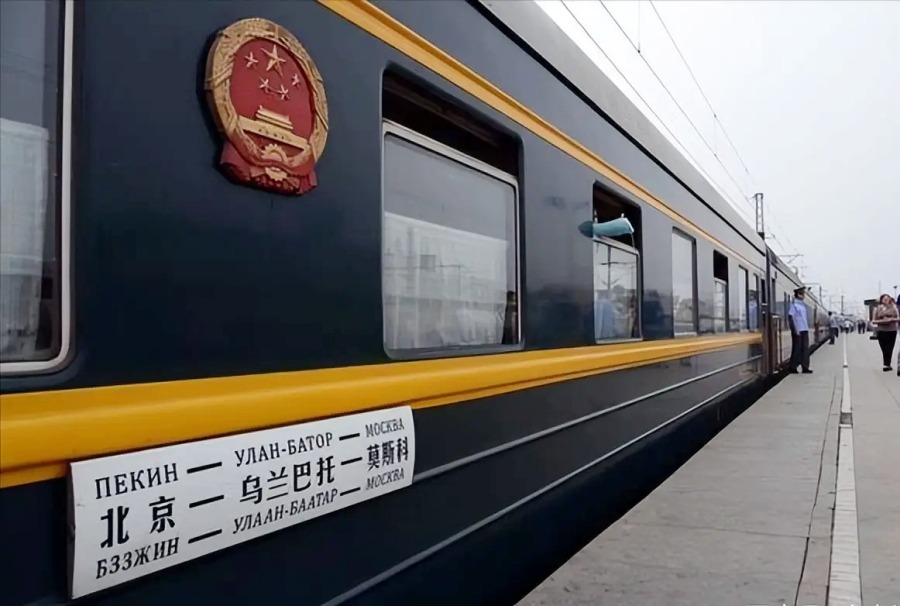
Among them, the K3/4 international train, operated by Chinese trains, travels from Beijing via Ulaanbaatar, the capital of Mongolia, to Moscow, Russia, covering a total distance of over 7,800 kilometres with a travel time of more than 120 hours.
Due to the different railway gauges in China, Mongolia, and Russia, the train has to "change wheels" at the Erlianhot border crossing in China's Inner Mongolia before it can continue its journey.
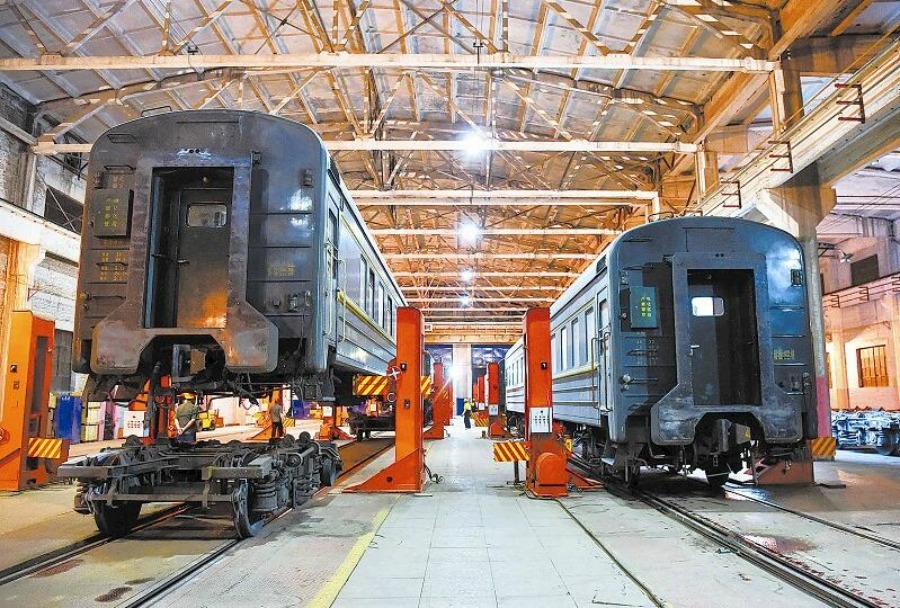
There is also the K19/20 international train between Beijing and Moscow that does not pass through Mongolia, but detours through Manzhouli (滿洲里) in northeast China.
Its travel distance is therefore increased to nearly 9,000 kilometres, making it the second longest route in the world. But this route is operated by Russian trains.
Which is the longest train route in the world? It is the train from Pyongyang, the capital of North Korea, to Moscow, covering a total distance of over 10,000 kilometres.
